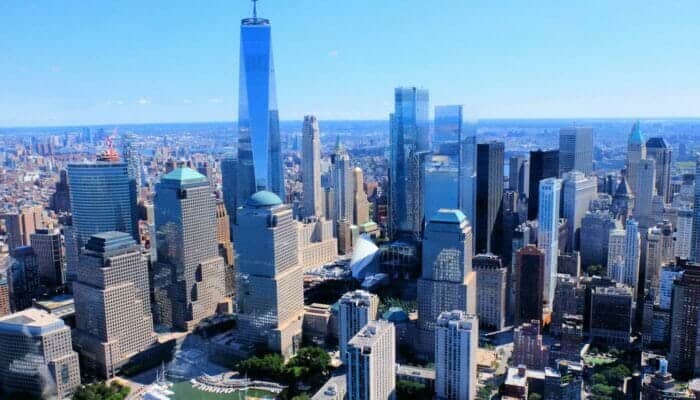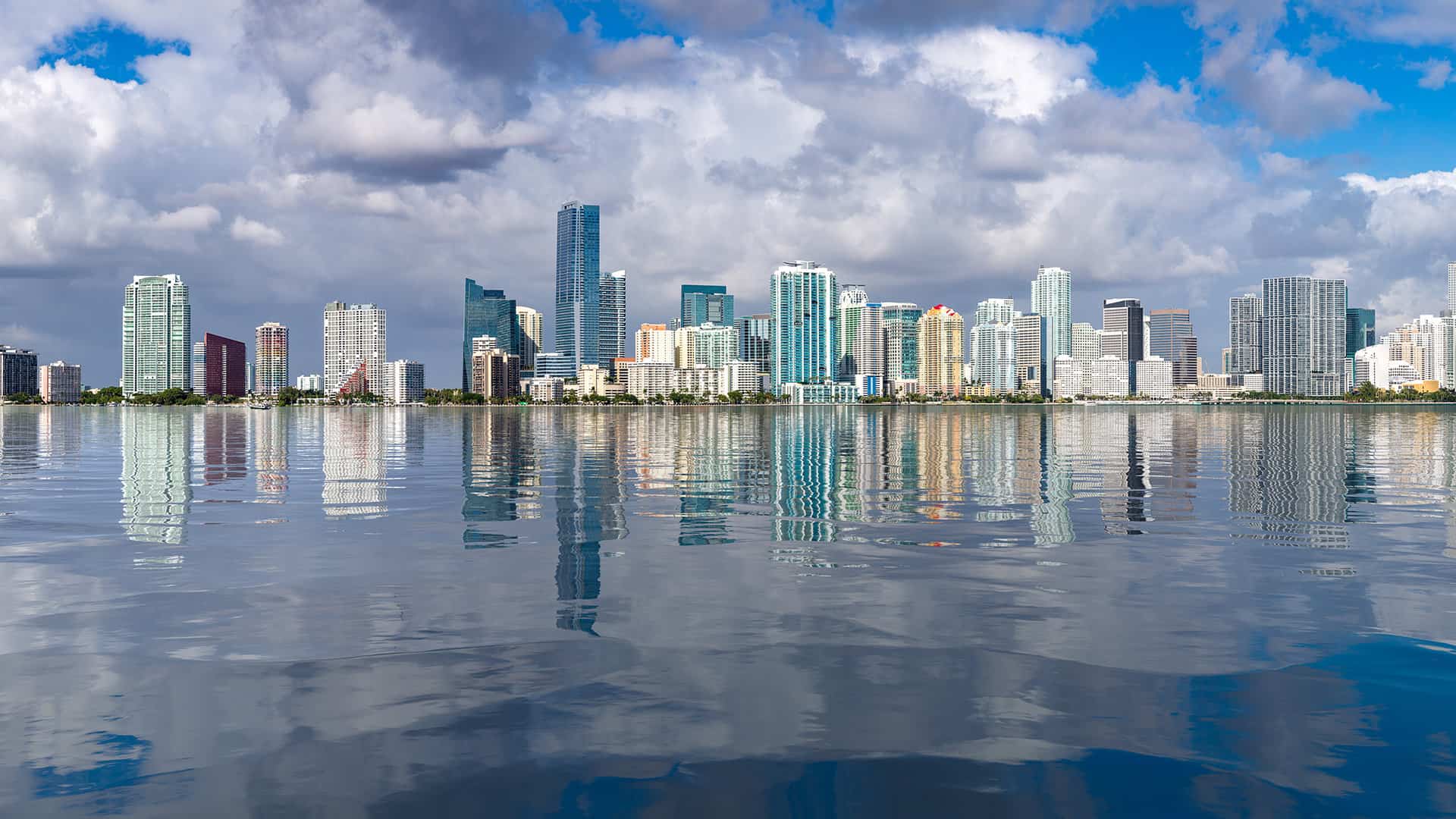Explore the profound implications of NYC’s historic building performance local law, enacted in 2019, mandating stringent regulations for commercial buildings over 25,000 square feet. Delve into the transformative measures aimed at slashing greenhouse gas emissions by 40% by 2030 and 80% by 2050, as per Mayor Eric Adams’ “Getting 97 Done” plan. Uncover the proactive steps owners must take to align with Regional Law 97’s compliance requisites, necessitating meticulous planning and execution well in advance. Navigate the evolving landscape of emission reduction strategies, including the incentivized electrification endeavors championed by the Department of Buildings. Gain insights from industry leaders like John Mandeck and Meera Joshi, highlighting the imperative for collaborative and tailored approaches to emission mitigation. Stay informed about the latest updates and regulatory nuances unveiled in the recent rules package, as elucidated by Buildings Commissioner Jimmy Oddo. Prepare for the impending deadlines and escalating compliance standards set to reshape NYC’s urban fabric starting from January 1st, 2024, onwards.

NYC’s Historic Building Performance Local Law: Driving Greenhouse Gas Reduction and Urban Sustainability Initiative
The historic building performance law of NYC, which was passed in April 2019, requires all commercial buildings with a floor area of 25,000 square feet or larger to abide by strict regulations intended to cut greenhouse gas emissions by 40% by 2030 and by 80% by 2050. According to the DOB, the law will apply to nearly 50,000 buildings throughout the city. According to the Urban Green Council, these structures make up 60% of New York City’s total building area and 50% of the city-wide building emissions.
According to the DOB, considerable progress has already been made toward the objectives outlined in “Getting 97 Done”, a plan put forth by New York City Mayor Eric Adams to decarbonize key systems and offer funding, financing, technical advice, innovation, and legislation enforcement.
Incentivizing Emissions Reduction: NYC’s Electrification Incentives Drive Compliance and Urban Sustainability Initiatives
Owners must take proactive action well before 2030 to coincide with the emissions limits for the 2030–2034 period in order to comply with Regional Law 97’s compliance requirements, which requires years of planning and execution. Based on recent energy patterns, this applies to structures that are now estimated to meet the 2024–2029 limits but may fall short of the more demanding 2030 limits.
In response to earlier criticism that the law had more disciplinary actions than incentive-based emission reduction levers, the final rules establish a new credit for building owners who pursue first building electrification efforts, according to DOB.
According to John Mandeck, CEO of the Urban Green Council, “the new rules provide clarity with incentives to accelerate carbon savings, specifically with the new breakthrough valuable electrification credit.”
According to Meera Joshi, deputy mayor for operations in New York City, the procedure for enforcing the rules must be “codified and collaborative.” Joshi emphasized the need for a customized strategy to meet the city’s emissions reduction goal because each building is distinctive and faces unique challenges.
Resume: NYC’s Local Law 97 Implementation: Balancing Compliance and Incentives for Greenhouse Gas Reduction
- The next significant ultimate rules package for implementing Local Law 97 has been released by the Department of Buildings in New York City.
- According to a Dec. 18 news release from environmental organizations like the Urban Green Council and the Regional Plan Association and shared with Facilities Dive, the final rules outline the incentives for early electrification in all covered buildings, define what constitutes” good faith” efforts toward decarbonization for the first compliance period, and give guidance to buildings that must comply with the law’s prescriptive path requirements. In addition,
- In a press release from the DOB, Buildings Commissioner Jimmy Oddo stated that “our rules create enlighteningly matched approaches that encourage owners to do the work required by the law through the combination of sticks and carrots.” The law’s requirements for reducing greenhouse gas emissions and energy efficiency go into effect on January 1st, 2024, with stricter restrictions in place for 2030 and above.












